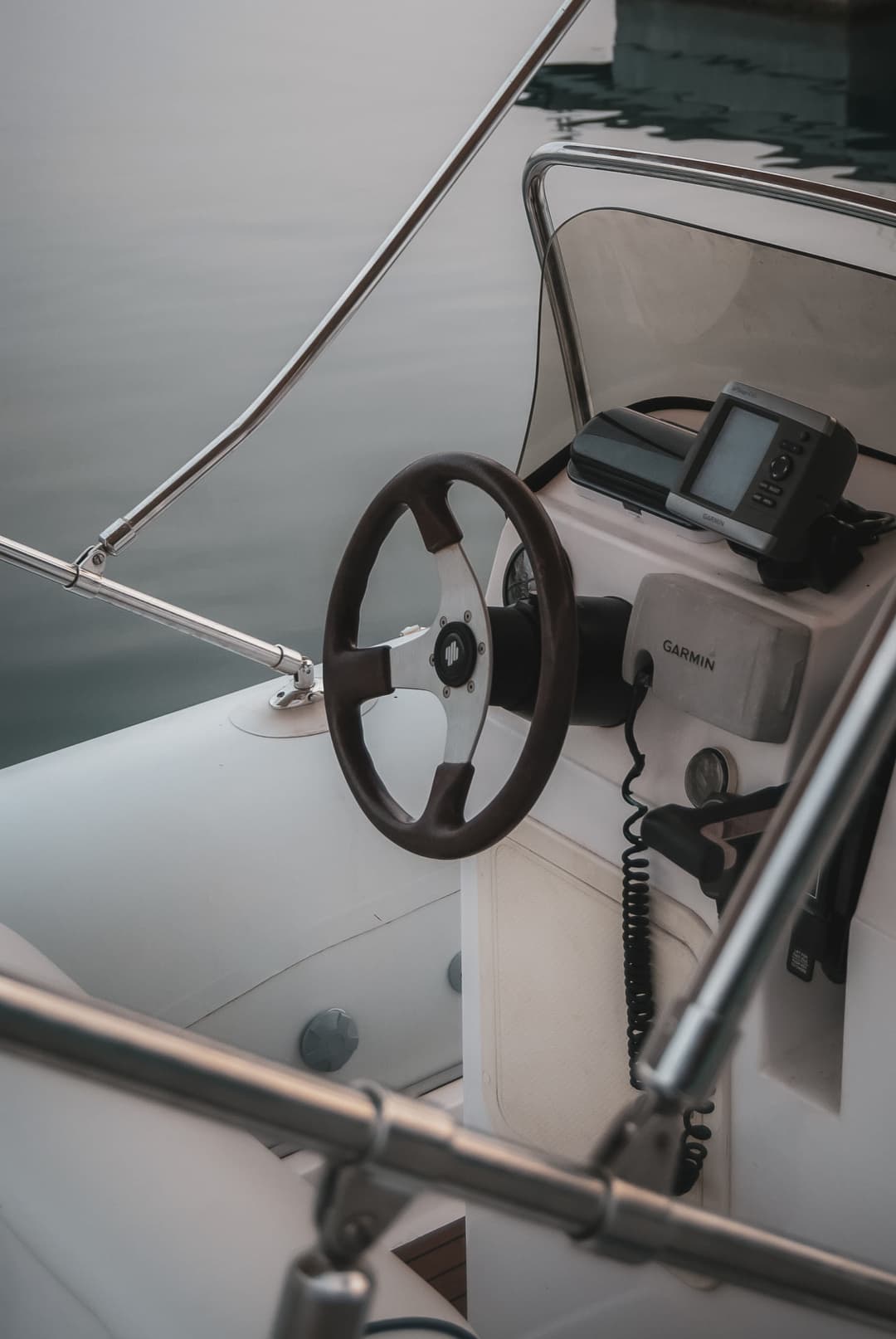How do I insulate the engine box of my boat or yacht?
Are you looking for acoustic materials to insulate the engine box of your boat? We supply various materials that are excellent for this, and are happy to help you make your choice. Read on for some tips.
Aimée
Engine boxes are often made of light materials such as plastic or wood. As a result, these enclosures emit sound into their surroundings more easily.
Firstly, it is important to prevent sound leakage as much as possible. Sealing the hatch with rubber prevents sound leakage through these gaps. Any ventilation openings can be made quieter by adding a labyrinth with absorbing foam to these openings.
The entire insulation of the enclosure can be improved by mounting an airborne sound insulation plate on the walls and the hatch/roof. We recommend EASYmass sound-insulating sound barrier mats for this. A higher insulation value ensures that more noise is stopped.
If the sound insulation of the walls and roof is sufficient, we recommend installing sound-absorbing materials in the engine box. This prevents reflections in the box. The absorption material we recommend is EASYfoam PU or FireSeal HR.
These foams have a moisture and oil-resistant top layer. When sturdiness is required, FireSeal HR is opted for. In addition, the top layer of this is white, which ensures a brighter engine room. For all measures, make sure that the engine can continue to supply and extract enough air; the air supply and exhaust air of the engine must not be obstructed.
Insulating engine room
To reduce noise in the engine room, it is important that all walls and hatches are well insulated. Preventing sound leaks through gaps and openings, among other things, prevents sound transmission.

